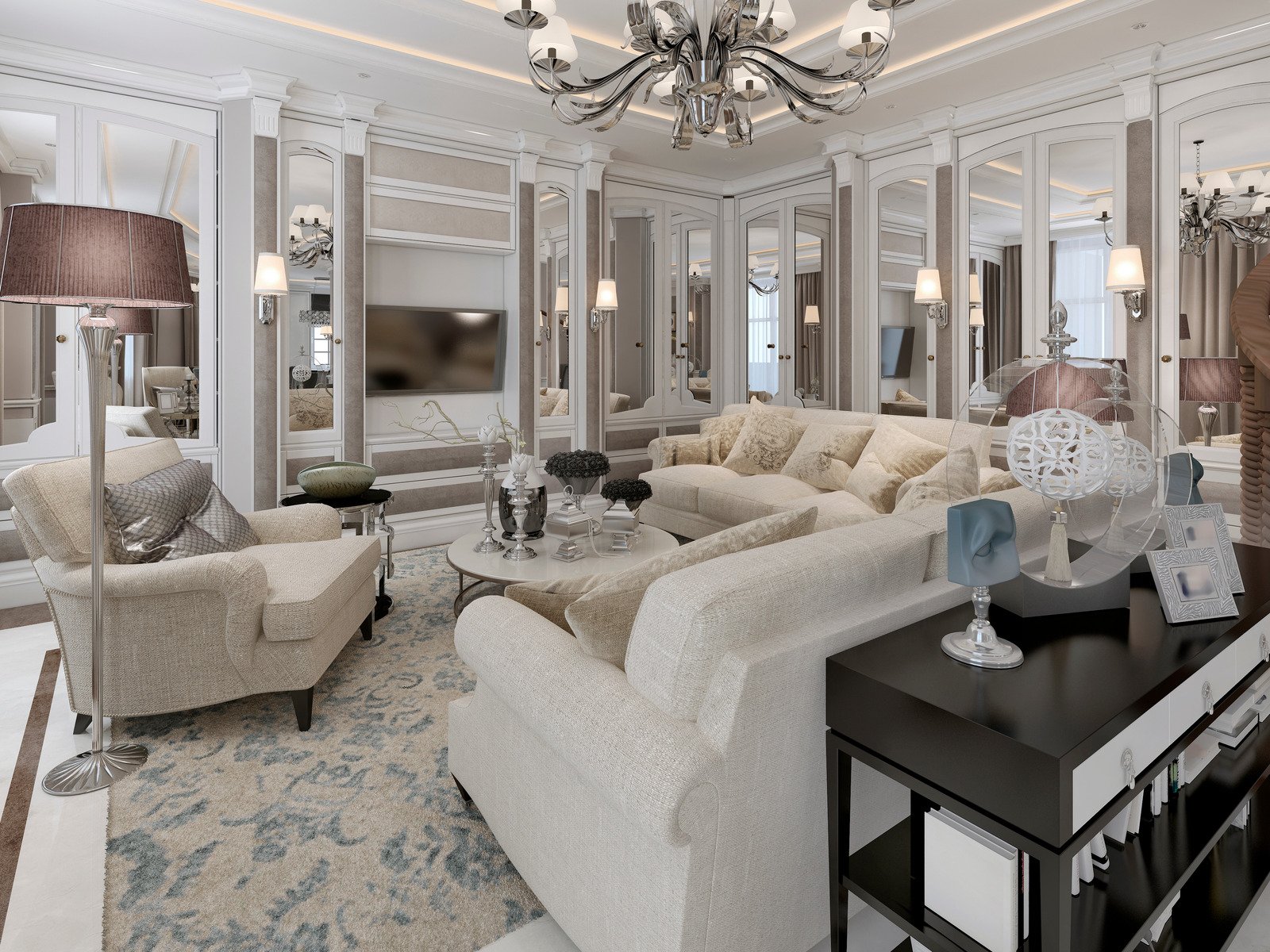Art Deco, a popular design movement that emerged in the 1920s and 1930s, continues to captivate enthusiasts with its distinctive aesthetic. This luxurious and glamorous style is characterized by its bold geometric shapes, sleek lines, and lavish ornamentation. If you’re interested in identifying Art Deco design elements, this article will guide you through the key features that define this iconic style.
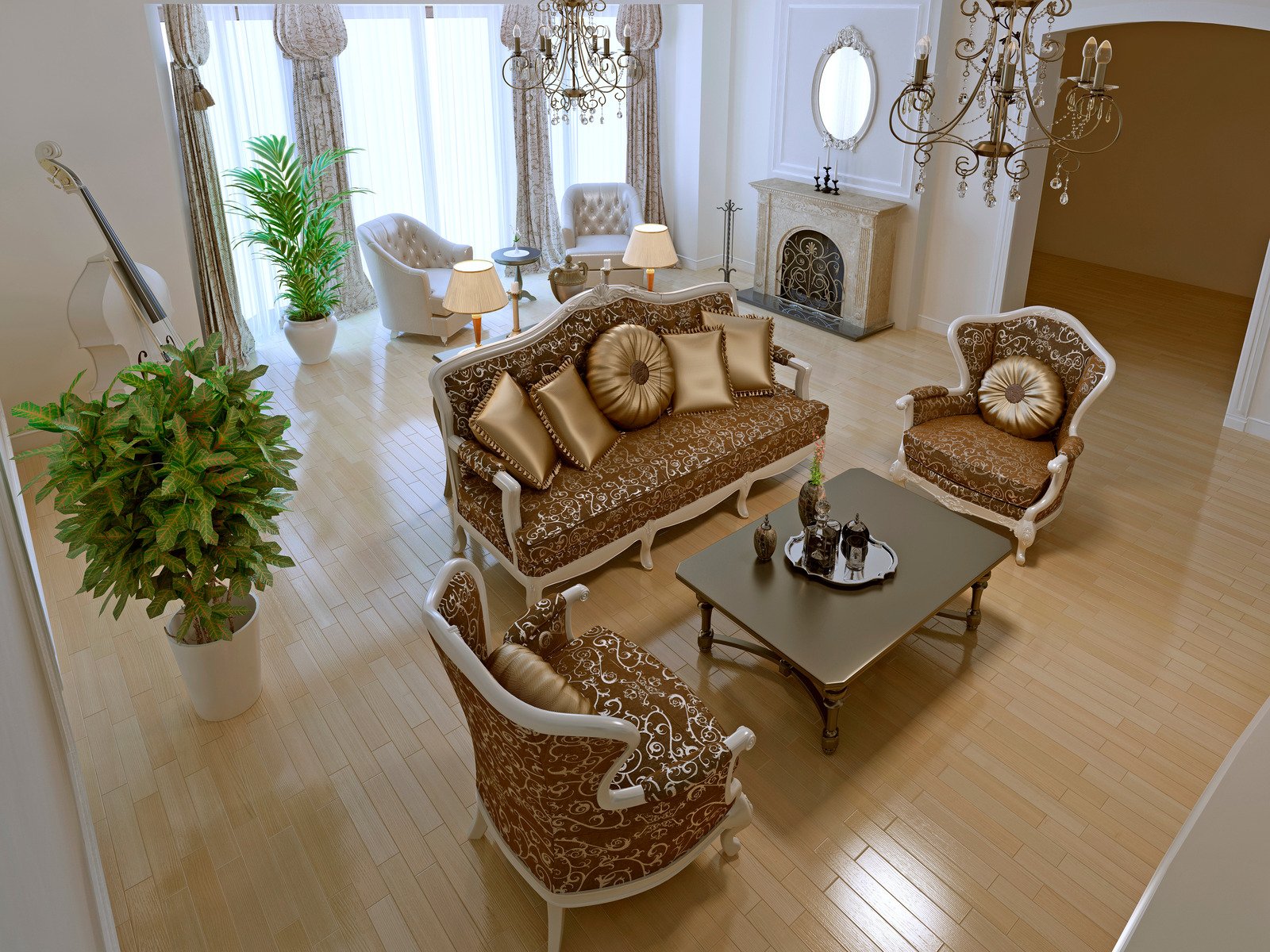
One of the most recognizable aspects of Art Deco is its emphasis on symmetry. Look for symmetrical patterns and designs in furniture, architecture, and decorative objects. Geometric shapes such as chevrons, sunbursts, and stepped forms are frequently employed in Art Deco creations. These elements reflect the movement’s fascination with modernity and the machine age.
Art Deco also embraces luxurious materials and finishes. Shiny metals like chrome and stainless steel, along with materials such as glass, marble, and lacquered wood, are commonly used. These materials contribute to the sleek and sophisticated appearance that defines Art Deco. Mirrored surfaces and reflective finishes further enhance the style’s glamorous allure.
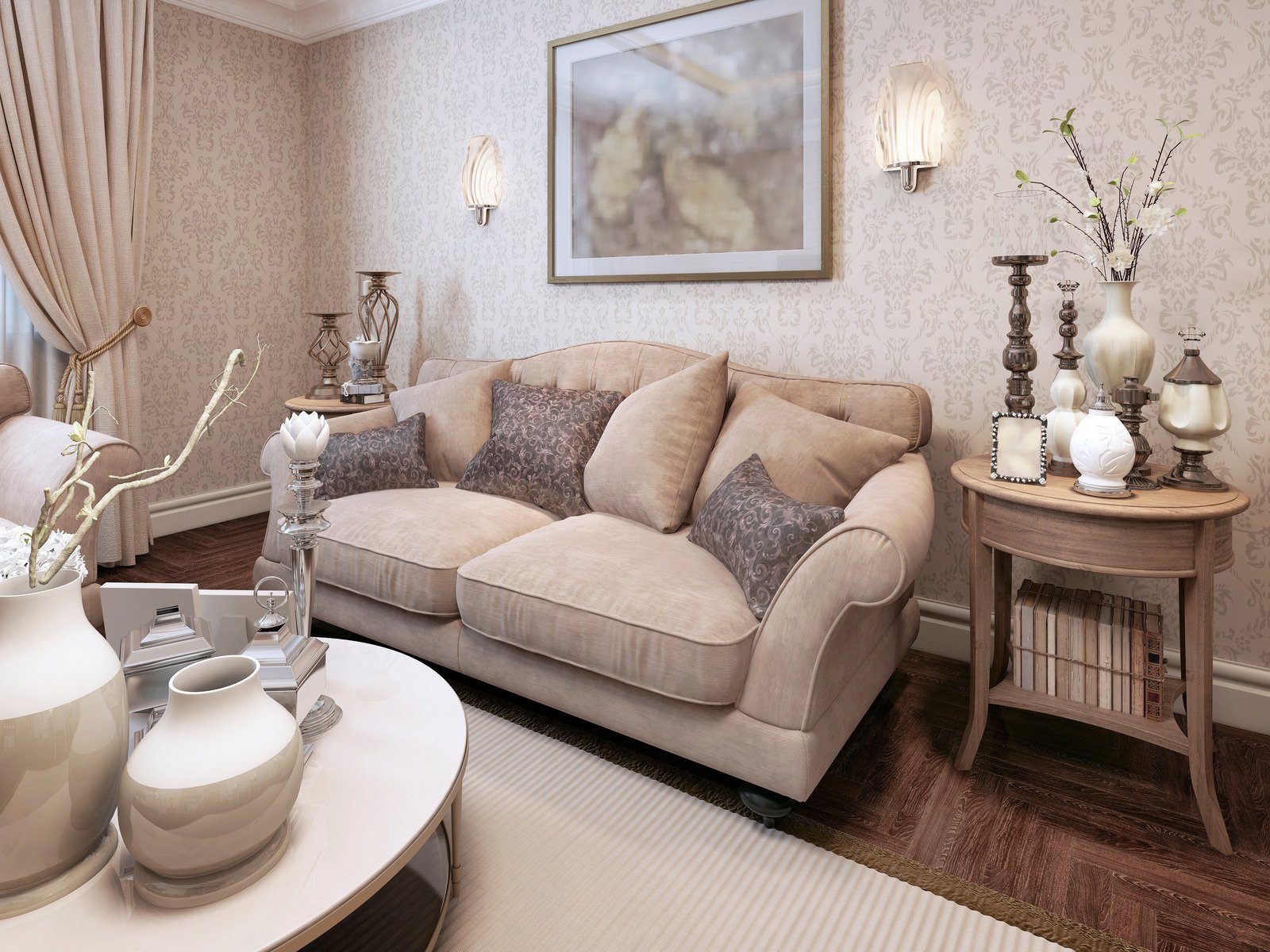
Another prominent feature of Art Deco is the use of bold and vibrant colors. Look for rich hues like royal blue, emerald green, deep red, and gold. These colors are often combined to create striking contrasts and dramatic effects. Black and white color schemes are also prevalent, as they provide a strong visual impact and a sense of elegance.
In terms of furniture, Art Deco pieces often feature streamlined and angular designs. Chairs and sofas may have geometrically shaped backs, while tables and cabinets showcase symmetrical patterns and sleek lines. The use of decorative elements like inlaid wood, exotic veneers, and intricate carvings further enhances the overall aesthetic.
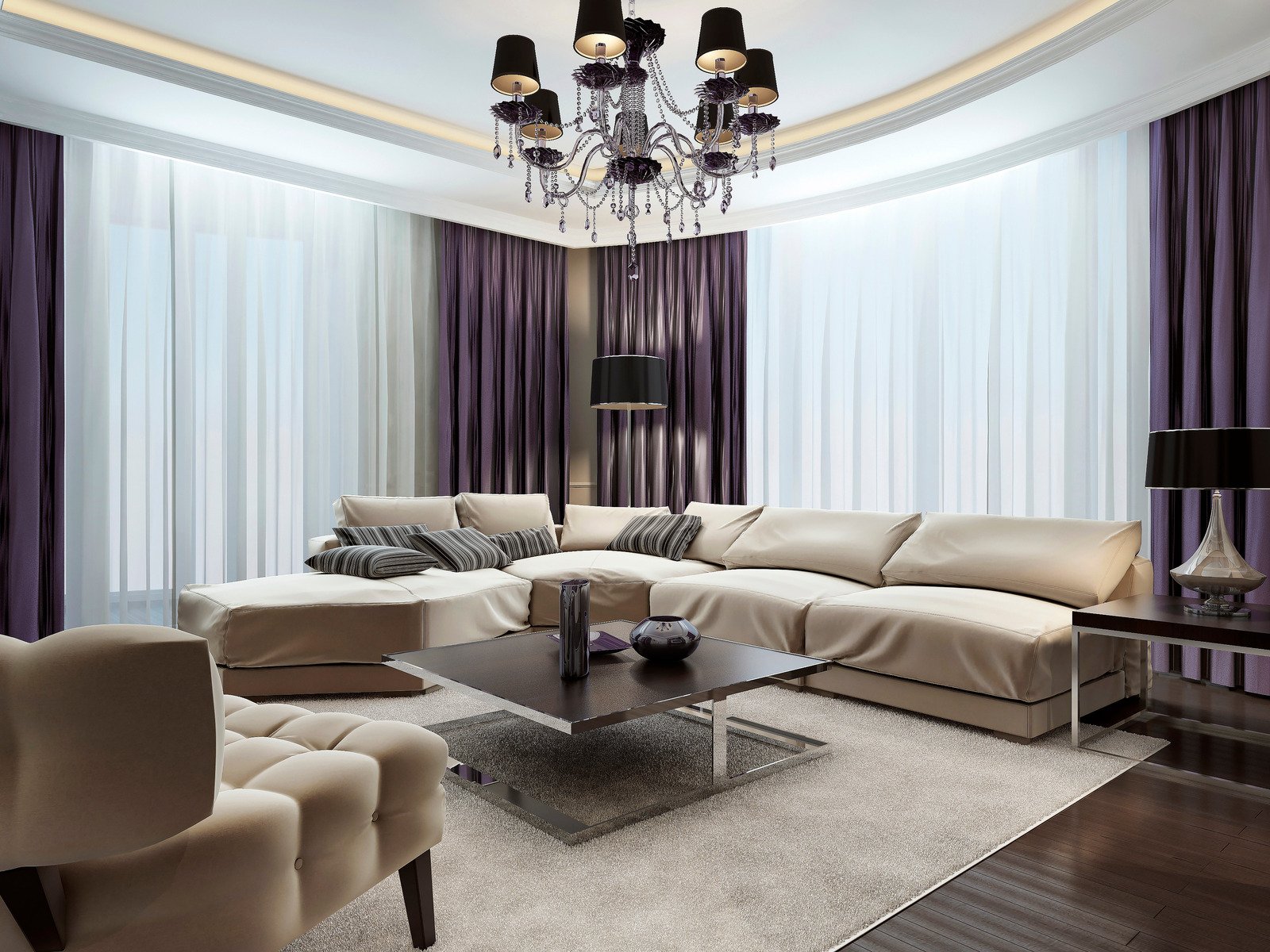
Architecture influenced by Art Deco can be identified by its symmetrical façades, decorative motifs, and the inclusion of sleek materials. Look for buildings with stepped forms, rounded corners, and ornamental details such as stylized floral motifs, sunbursts, or geometric patterns. Famous examples of Art Deco architecture include the Empire State Building in New York and the Chrysler Building in Manhattan.
When it comes to accessories and decorative objects, Art Deco style is characterized by its opulence. Look for items such as geometrically shaped vases, mirrored trays, and figurines depicting stylized animals or human forms. Lighting fixtures with intricate metalwork, such as chandeliers or sconces, are also typical of Art Deco design.
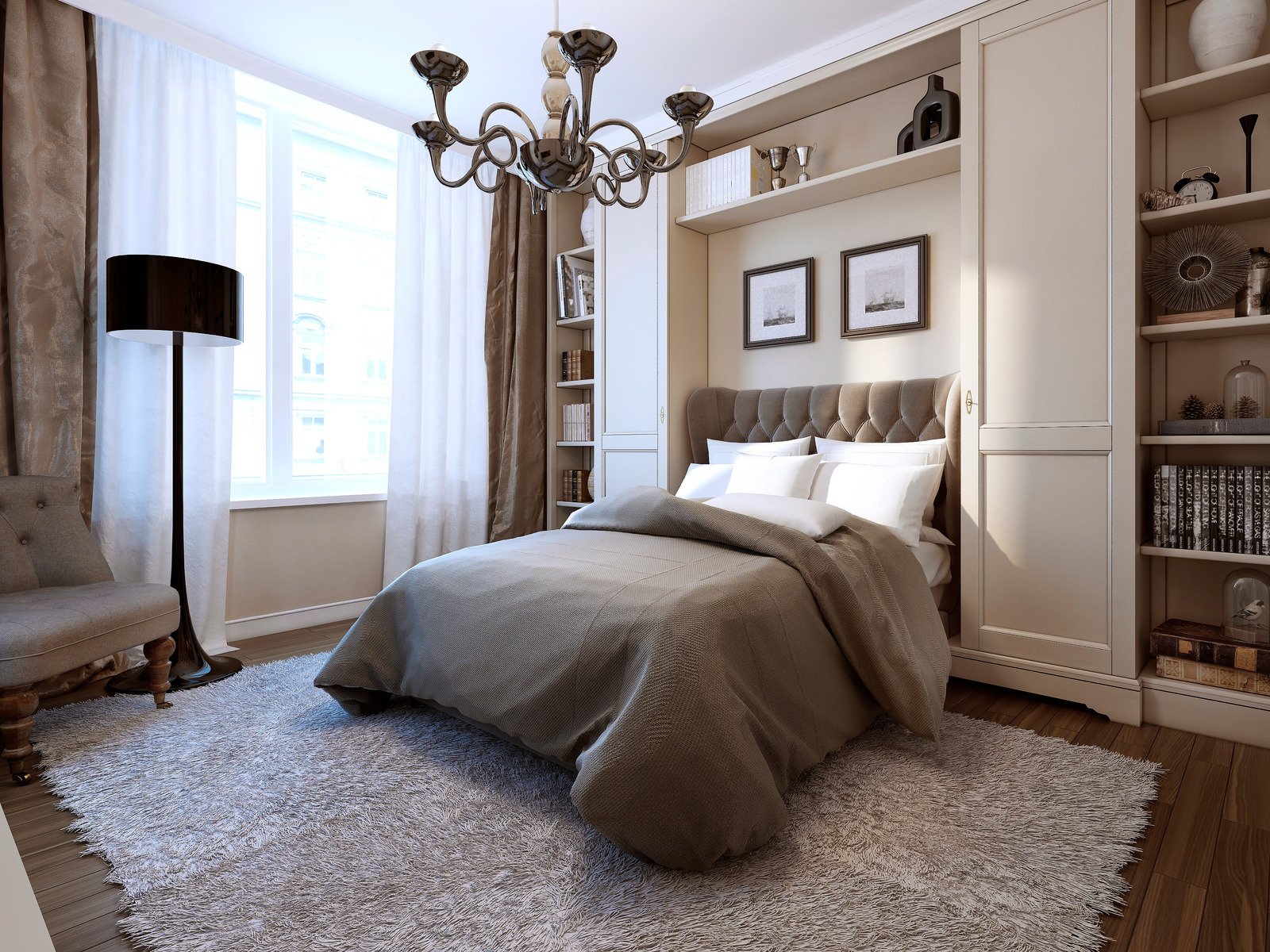
In conclusion, Art Deco is a visually stunning and luxurious design style that continues to inspire and influence contemporary aesthetics. By familiarizing yourself with its distinctive features, such as symmetry, geometric shapes, lavish materials, bold colors, and streamlined designs, you’ll be able to recognize and appreciate the enduring allure of Art Deco in various artistic and architectural expressions.
